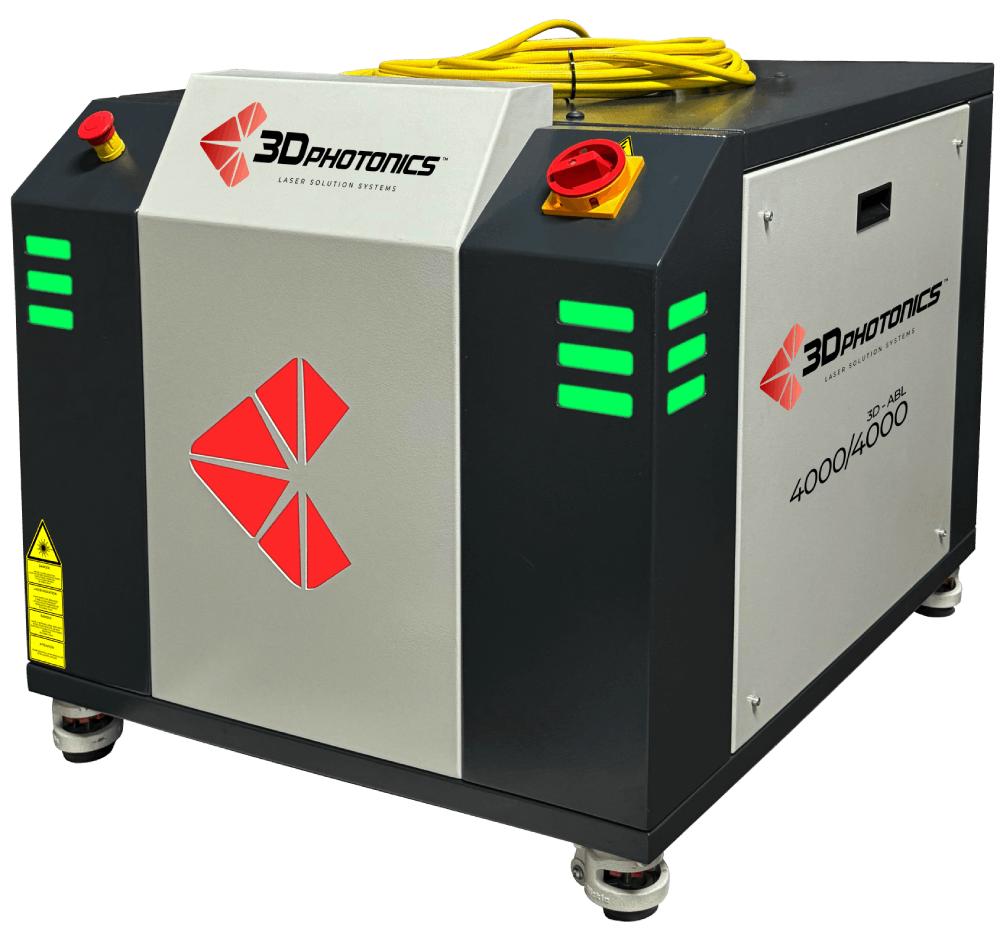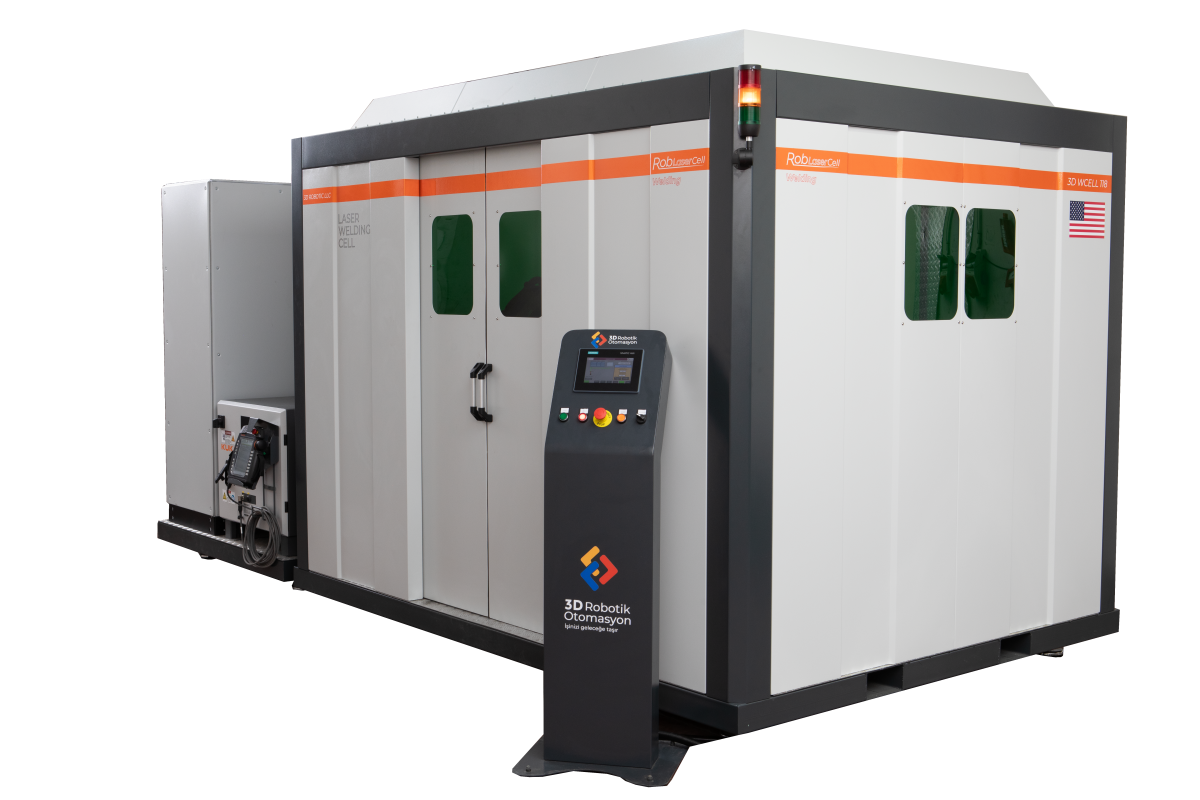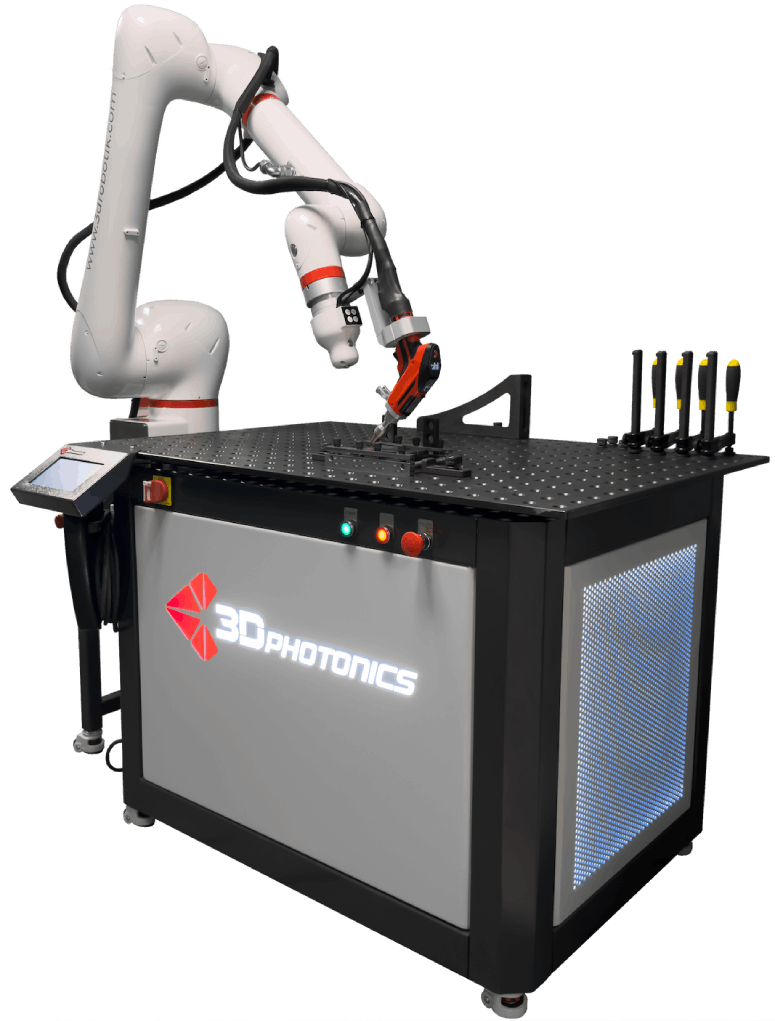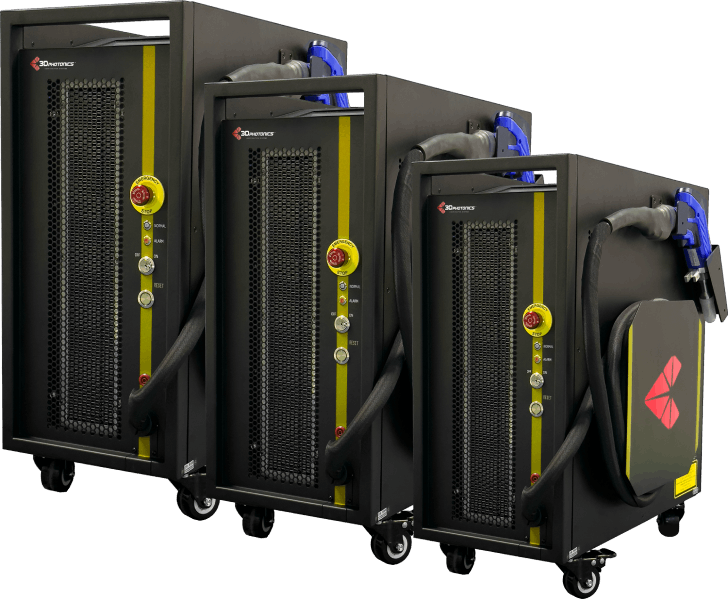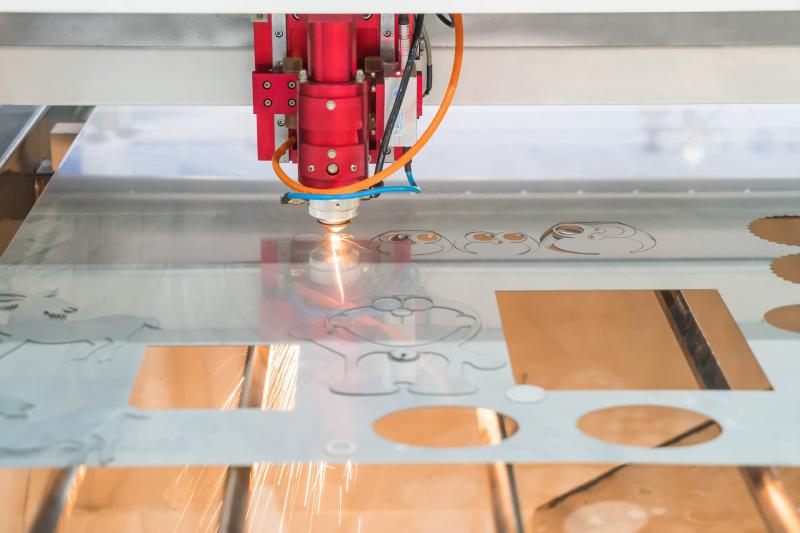
In sectors like manufacturing, logistics, and security, product traceability is no longer optional—it’s a necessity. But which technology offers the best solution: laser marking or RFID? Each comes with its unique strengths and limitations. Let’s explore the pros and cons so you can make an informed decision.
What is Laser Marking?
Laser marking systems use high-powered laser beams to engrave permanent identifiers on surfaces like metal, plastic, or ceramic. These can include serial numbers, barcodes, QR codes, or logos.
Advantages:
- Permanent and tamper-proof marks
- Eco-friendly process—no chemicals
- High precision with metal laser marking
- Low long-term maintenance costs
What is RFID?
Radio-Frequency Identification (RFID) uses electronic chips attached to products to transmit data wirelessly. RFID readers can scan these tags from a distance, even without a clear line of sight.
Advantages:
- Fast, bulk scanning
- No visual contact required
- Data can be updated in real time
Laser Marking vs. RFID: Comparison Table
| Feature | Laser Marking | RFID |
|---|---|---|
| Durability | High | Medium |
| Cost | Low (long-term) | Moderate–High |
| Read Type | Visual | Radio signal |
| Environmental Resistance | High | Moderate |
| Integration | Easy to integrate into production lines | Great for IT systems |
Which Technology Fits You Best?
When deciding, consider these factors:
- Product lifespan and operating environment
- Number of items to track
- Budget and maintenance preferences
- Level of traceability and data security needed
Choose Smart, Track Smarter
If your products require durable, aesthetic identifiers, laser marking is the way to go. For high-volume, dynamic inventory tracking, RFID offers speed and automation benefits.
Compare technologies to ensure your traceability system is efficient, reliable, and future-proof.
Frequently Asked Questions
Is laser marking erasable?
No. Laser marks are permanent and resistant to wear.
Where is RFID commonly used?
Warehousing, retail, logistics, and healthcare applications.
Which is better for metal surfaces?
Metal laser marking offers high precision and long-lasting results.
Can both systems be combined?
Yes, laser marking and RFID can be used together for layered tracking.
- Operator Training in Handheld Laser Welding: How It Impacts Efficiency
- Error Detection and Preventive Maintenance in Automated Laser Welding Lines
- Fume and Particle Filtration in Laser Welding: What to Know for Workplace Safety
- AI-Driven Manufacturing with Photonics: Possibilities and Applications
- Next-Generation Solutions in Industrial Laser Cooling Technologies
- Is Zero-Loss Possible with Energy-Efficient Laser Production Lines?
- Laser Marking or RFID? Advantages of Traceability Technologies
- How Do Automatic Wire Feeding Systems Work in Laser Welding?
- Deep Penetration and Thermal Balancing in Fiber Laser Welding Technology
- Fast Production Advantage with Handheld Laser Welding Machines
- 5 Technical Criteria Defining Quality in Laser Systems
- How to Improve Energy Efficiency with Laser Welding?
- Photonics and Automation: Your Guide to Smart Manufacturing
- Product Protection Against Counterfeiting with Laser Marking Systems
- Can Handheld Laser Welders Reach Tight Spaces?
- Choosing Industrial Laser Systems: Power, Efficiency, and Compatibility
- The Role of Cooling Systems in Laser Welding Technology
- Why is Photonics Important? A Rapidly Growing Industry in Turkey and the World
- Handheld Laser Welding: Why It's the Smart Choice for Mobile Applications
- What is Laser Marking? Permanent and Secure Tracking in Production
- Laser Welding Systems: The New Standard in Metal Joining
- Revolutionizing Manufacturing with Photonics Technology: Light that Shapes the Future
- Things to Consider When Using Handheld Laser Welding Machines
- How to Achieve High-Precision Manufacturing with Laser Systems?
- What is Handheld Laser Welding? How Portable Power Transforms Industry
- 3D Photonics Successfully Unveils ABL-SM Laser Series at AMC 2025!
- 3D Photonics Named Platinum Sponsor at AMC 2025 Conference
- Why Choose 3DPhotonics? Strong Technology Partnership for Your Projects
- From Education to Industry: Fields Covered by Photonic Technologies
- Is Sustainable Production Possible with Laser and Photonic Solutions?
- Is Micron-Level Processing Possible with Lasers? How It's Achieved
- Recent Developments in Fiber Laser Technology
- 5 Key Factors That Define Quality in Optical Systems
- What Is Laser Marking? Permanent and Reliable Traceability Solutions
- Using Spectrometers in Industrial Applications
- Laser Cutting vs CNC: A Comparative Guide
- Optical Solutions in 3D Manufacturing: The Power of Precision
- The Role of Laser in the Defense Industry: Next-Generation Security Technologies
- What Are Optical Filters Used For? The Impact of Right Selection on Production
- FABTECH Chicago, September 8-11, 2025
- 3D Photonics at FABTECH 2024: Showcasing Advanced Laser Technologies for Industrial Applications
- 3D Photonics Showcases Innovative Laser Solutions at EUROBLECH 2024
- What is Photonics?
- Robot Investments Summit | 20-23 December | Istanbul
- 16. Blechexpo | 7 - 10 November | Messe Stuttgart

